What Receiver Format Sends 5555 5555 5555?
Alarm reporting formats work much like any other protocol. There is an agreed upon tone, or “handshake”, indicating the receiver is ready, there is a transfer of data, at an agreed upon rate, and another tone, commonly called a “kiss-off” indicating that the data was received successfully.
The format mentioned above is called High Speed format. In the very early days of alarm reporting, when it was all done via phone lines, panels used a Pulsed Format. This format used pulses on the line to indicate numbers. If you’ve ever heard a rotary phone dial, you know what I’m talking about. These formats were fairly accurate, but they were very slow, the rate of information sent was measured in PPS, or pulses per second. A signal could take 20 - 30 seconds to be transmitted.
When touch-tone dialing, also known as DTMF (Dual Tone, Multi-Frequency) came into use, alarm reporting formats changed as well. High Speed format was one of the first DTMF formats used. DTMF was transmitted in characters per second (CPS) as opposed to PPS. At 10 CPS, a signal could now be transmitted in under 5 seconds, once the receiver had answered and performed the handshake. High speed was the precursor to Ademco Contact ID format, one of the most widely used formats in the industry today. When Contact ID came to prominence, High Speed format went the way of the dodo, with one exception. AlarmNet communicators, when used in any Mode except ECP, report all signals in High Speed format. In addition, Comm Failure and Test signals are always sent in High Speed format. Below, see an example of common messages reported by the AlarmNet communicator in High Speed.
Did you find this answer useful?
We offer alarm monitoring as low as $10 / month
Click Here to Learn MoreRelated Products
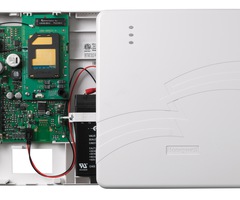

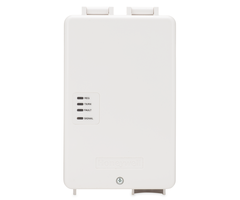
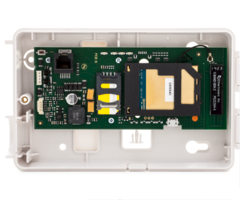
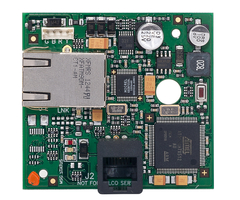
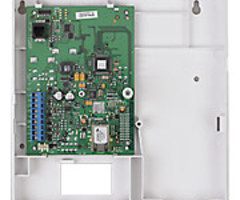
Related Categories
- Answered
- Answered By
- Julia Ross
